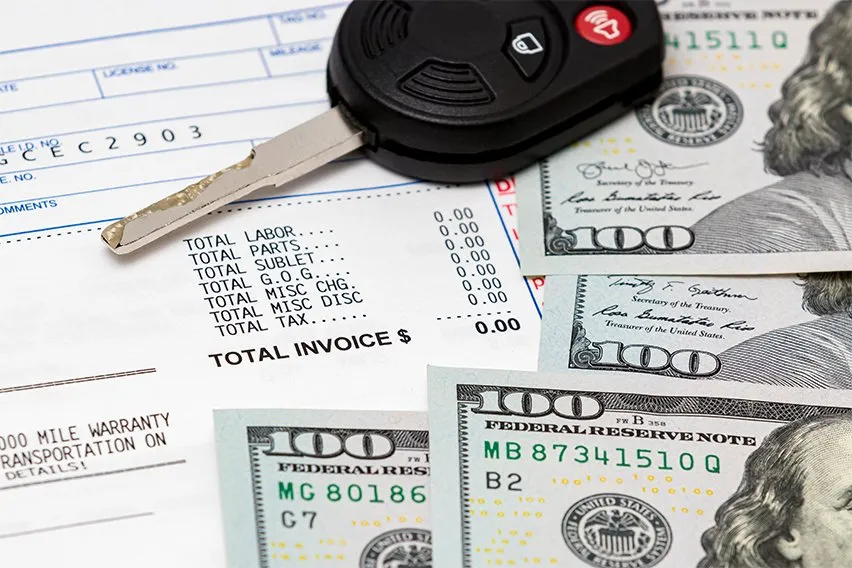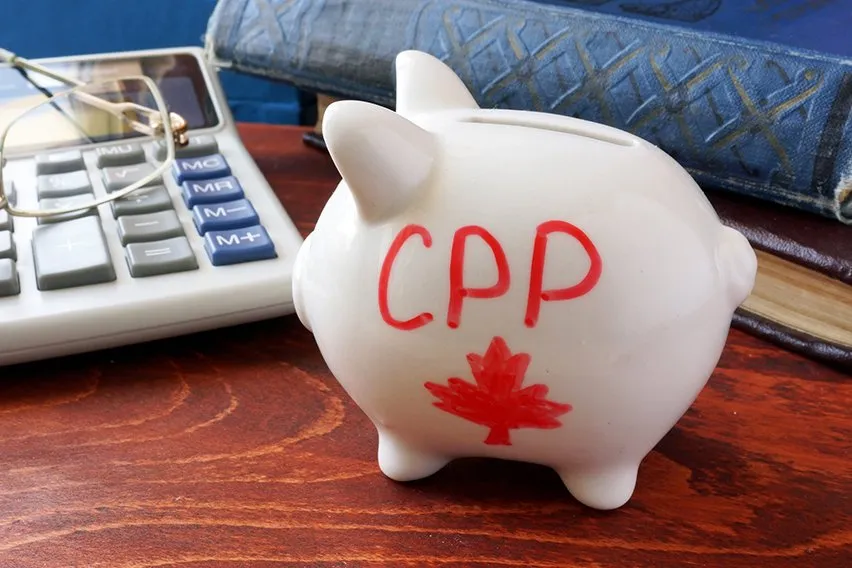What is Owner’s Equity? Formula, Examples & Calculations

Every business is worth something. However, knowing exactly how much your business is worth can come in handy. If you own a business, are you aware of how much equity you have? Knowing exactly how much your owner’s equity is worth is important. Learn what owner’s equity is, how to calculate it, and why it should be important to you!
Here’s What We’ll Cover:
How Does Owner’s Equity Increase in a Business?
How Does Owner’s Equity Decrease in a Business?
The Components of Owner’s Equity
What is Owner’s Equity?
Owner’s equity is the proportion of the total value of a company’s assets that can be claimed by the owner. In a sole proprietorship or partnership, the owners are individuals (sole proprietors or partners). In a corporation, the shareholders are considered owners. Calculating owner’s equity is easy to calculate in most cases.

Calculating Owner’s Equity
When performing a calculation of equity, the formula is simple. Equity is equal to all of a business’s assets minus its liabilities.
Equity = Total Business Assets – Total Business Liabilities
When you’re trying to calculate this, it’s important to understand what your business’s assets and liabilities are.
Business Assets
Assets for a business can be a number of different things. They are any item of worth that a business owns. They can be physical in nature, like vehicles, real estate, or products. They can also be intangible, like intellectual properties or brands. All of these add up to create the total assets for a business. In general, assets are categorized in the following way.
- Property (real estate)
- Plant and equipment (factory equipment, manufacturing equipment, etc.)
- Inventory
- Contributed capital and retained earnings
Business Liabilities
Liabilities are any outstanding amounts that a business owes. These can be any number of things. For the most part, they are money owed to lenders, investors, and other companies. If your business receives goods or services on a credit basis, they would be considered liabilities until paid off. Liabilities fall under the following categories.
- Debts owed to debt holders
- Distribution of wages and salaries
- Outstanding loans (bank loans, equity loans, etc.)
- Creditors
An Example of Owner’s Equity
John owns a manufacturing plant. On last year’s balance sheet and financial statements, the plant is shown as being valued at $2 million. The equipment in the plant is valued at $1 million. The inventory on the premises is worth $500,000. Debtors owe John’s business $500,000. These are John’s assets.
At this point in time, John’s plant has some liabilities. Currently, the business owes the bank $750,000. It owes creditors $500,000. Wages and salaries are currently outstanding at $1 million. To calculate this, we’ll put the figures into our formula from above.
Equity = Total Business Assets – Total Business Liabilities
Equity = (2,000,000 + 1,000,000 + 500,000 + 500,000) – (750,000 + 500,000 + 1,000,000)
Equity = 4,000,000 – 2,250,000
Equity = 1,750,000
Right now, John has an owner’s equity of $1.75 million. This is the money that John could claim on assets if the business were liquidated right now, after deducting liabilities from assets.
How Does Owner’s Equity Increase in a Business?
In order to increase owner’s equity in a business, owners must increase their capital contributions. Additionally, higher business profits and decreased expenses can increase owner’s equity. When a business makes more money, it’s worth more. To further increase that worth, business expenses can be decreased.
How Does Owner’s Equity Decrease in a Business?
Owner’s equity in a business can decrease over time as well, depending on the owner’s actions. Owners can make withdrawals on their equity. Withdrawals are considered capital gains, which are subjected to a capital gains tax. The tax rate depends on the amount withdrawn. Additionally, owner’s equity can be reduced by taking out loans to purchase assets. Loans appear on the balance sheet as liabilities. Therefore, they reduce the value of the business’s assets when calculating equity.
Recording Owner’s Equity
Owner’s equity is recorded on a business’s balance sheet. This happens at the end of the accounting period for the business. It is determined by using the formula above to deduct liabilities from the business’s assets. On a standard balance sheet, assets are shown on the left side while liabilities are shown on the right. Owner’s equity is also shown on the right side of the balance sheet.
When reviewing the owner’s equity amounts on financial statements, it’s important to realize that it is always a net amount. This is because it consists of capital contributions as well as withdrawals.
What is Shareholder’s Equity?
Mentioned briefly before, shareholder’s equity is another important term to understand. When companies are publicly traded, or shares are distributed, shareholders can also claim equity. It’s sometimes called the book value of a company. For all intents and purposes, shareholder’s equity is the exact same thing as owner’s equity. Shareholders are considered part owners of companies, after all.

The Components of Owner’s Equity
There are four main components of owner’s equity or shareholder’s equity. These are all listed below, with brief explanations of each.
Retained Earnings
When a company transfers money to the balance sheet rather than paying it out, it’s referred to as retained earnings. Retained earnings are the net of income from operations and other activities. This amount can grow over time as the company reinvests a portion of its income each accounting period.
Outstanding Stock
This refers to the amount of stock sold to investors that hasn’t been repurchased by the company. Outstanding shares are taken into account when determining shareholder’s equity.
Treasury Stock
The number of stocks repurchased from investors and shareholders. The amount of treasury stock is deducted from a company’s total equity. This determined the total number of shares available to investors.
Additional Paid-in Capital
This is the amount of money that shareholders pay to acquire stock. This happens when they pay more for the stock than what the value is stated as being.
Key Takeaways
Owner’s equity is a figure that tells owners what they’ll make if they liquidate their company today. Depending on the business’s assets and liabilities, the owner’s equity can be very high or very low. As such, keeping records of what your assets and liabilities are is important in any business. If you need more information like this, be sure to visit our resource hub! We have plenty of articles just like this one.
RELATED ARTICLES

 What Is Bill of Materials (BOM) & How to Create One?
What Is Bill of Materials (BOM) & How to Create One? What Is Credit Note & When Should a Business Use Them?
What Is Credit Note & When Should a Business Use Them? How to Calculate CPP (Canada Pension Plan)
How to Calculate CPP (Canada Pension Plan) What Is a Weighted Decision Matrix & How Do You Use It?
What Is a Weighted Decision Matrix & How Do You Use It? What Are Pricing Strategies & 8 Common Strategies for Business
What Are Pricing Strategies & 8 Common Strategies for Business What Is Inventory Management? A Guide to Techniques & Methods
What Is Inventory Management? A Guide to Techniques & Methods